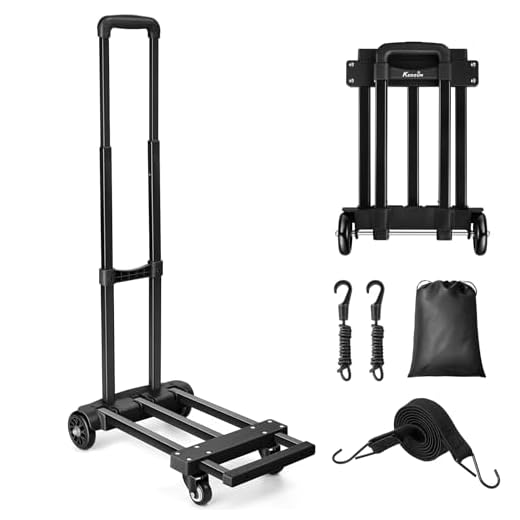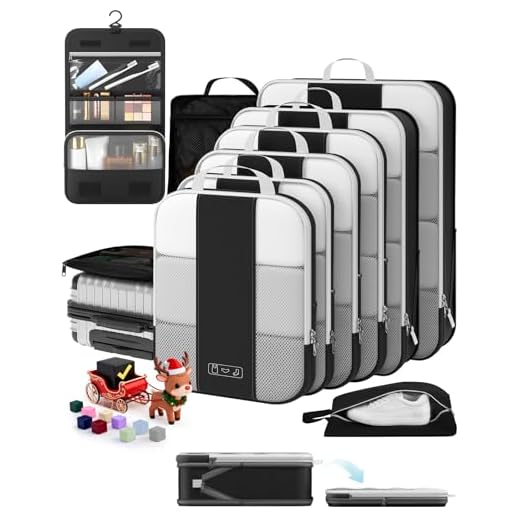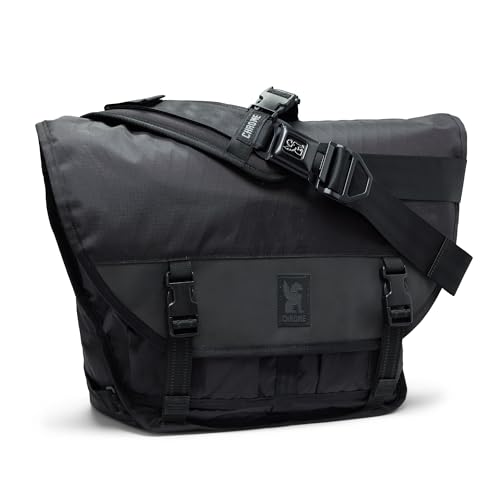



The typical maximum weight limit for a standard travel cart ranges from 80 to 100 pounds (36 to 45 kilograms). This capacity ensures that a user can transport various bags, boxes, and personal items without compromising safety or stability.
For frequent travelers, selecting a model with a higher weight threshold, around 120 pounds (54 kilograms) or more, provides added flexibility. This is especially advantageous for those carrying heavier or bulkier loads, such as sports equipment or extensive travel kits.
In terms of efficiency, opting for carts designed with reinforced frames and heavy-duty wheels enhances stability and ease of transport. Additionally, ensuring proper weight distribution is crucial to prevent potential tipping or damage during transit.
Capacity of a Trolley for Baggage Transportation
The load-bearing limit of a transport device for conveying items typically ranges between 75 to 150 pounds (34 to 68 kg). This variation largely depends on the model and design specifications.
Key Factors Influencing Load Capacity
- Material: Trolleys made from lightweight aluminum or high-strength plastics tend to be more durable and can support heavier weights compared to those made from lower-grade materials.
- Wheel Design: Larger, sturdier wheels provide better stability and maneuverability, allowing for maximized weight limits without compromising safety.
- Frame Structure: A robust frame structure ensures even weight distribution, which is crucial for safely transporting heavier loads.
- Usage Intent: Commercial models might be rated for higher capacities due to their intended use in airports or warehouses.
Recommendations for Usage
To ensure maximum safety and performance, adhere to these guidelines:
- Regularly check for any signs of wear and tear; ensure that wheels and frames are intact.
- Avoid overloading beyond the recommended limit; this can lead to accidents or damage.
- Utilize additional straps or netting to secure items, preventing shifting during transportation.
Understanding Weight Limits of Different Trolleys
Standard airport models support loads between 50 to 150 pounds, while specialized equipment for heavy freight may accommodate up to 400 pounds or more. It’s vital to check the manufacturer’s guidelines to ensure compliance with these specifications.
Types of Trolleys and Their Capacities
| Type | Typical Capacity (lbs) |
|---|---|
| Standard Airport Trolley | 50 – 100 |
| Heavy-Duty Trolley | 200 – 400 |
| Folding Trolley | 30 – 70 |
| Utility Cart | 100 – 300 |
Recommendations for Optimal Use
Always distribute weight evenly to prevent tipping and ensure safe transport. Use appropriate straps or nets for securing items, and avoid exceeding manufacturer limits to maintain trolley integrity and user safety. Regular maintenance checks will prevent wear and tear, ensuring longer service life.
Comparing Trolley Designs: Which Can Hold More?
Opt for designs that incorporate robust materials and thoughtful engineering to maximize storage capacity. Look for trolleys with reinforced frames and heavy-duty wheels, as these often support additional weight.
- Expandable Features: Some models feature zippers or compartments that allow for extra space when needed. Products like the best luggage brand american tourister are known for such functionality.
- Weight Distribution: A tri-wheel design improves balance, making it easier to transport heavier loads without compromising stability.
- Material Quality: Lightweight yet durable materials like polycarbonate or ballistic nylon increase overall capacity while minimizing excess weight.
- Additional Compartments: Trolleys with multiple pockets can hold various items efficiently, ensuring better organization without overcrowding.
Comparative tests have shown that bag styles such as the best travel duffels with wheels often exceed traditional trolley capacities due to their unique structures and space optimization.
Consideration of the trolley’s volume, design, and material quality is essential when selecting a model that aligns with your travel needs.
Factors That Affect Capacity on Trolleys
Material quality significantly influences load-bearing potential. High-grade metals or reinforced plastics provide sturdiness, whereas lower-grade materials may compromise durability. Examine the specifications for assurance of robust construction.
Wheel configuration impacts mobility and weight distribution. Trolleys with four wheels often offer better balance and can handle heavier weights more efficiently than two-wheeled designs. Look for swivel wheels for enhanced maneuverability.
Design elements also affect volume and space optimization. Trolleys featuring adjustable frames or expandable sections accommodate different sizes. Investigate if the trolley incorporates additional compartments for organized storage, which can maximize utility without overloading.
Weight limitations may vary based on manufacturer recommendations. Always refer to these guidelines for optimal performance and to prevent damage or accidents. Regularly check the mobility equipment for wear and tear to maintain its safe operating capacity.
User experience plays a role in practical efficiency. Assess ergonomic features such as handle height and grip comfort to determine ease of use when fully loaded. A well-designed handle can alleviate strain during transport.
Calculating the Weight of Your Items
Begin with a reliable scale to weigh each suitcase or bag. Ensure that the scale is zeroed before measurement. For accuracy, check the weight of empty bags to understand the total load you can bring.
Include the weight of all contents, such as clothing, shoes, and accessories. For precise results, pack items in the same manner as intended for transport. Distributing weight evenly can also help in preventing damage during transit.
Use a digital scale if available; they typically provide quicker and more accurate readings compared to mechanical ones. Many digital models indicate weight in both pounds and kilograms, accommodating various measurement preferences.
When packing, keep a checklist of heavy items like shoes or electronics, as these contribute significantly to the total. It’s often beneficial to pack heavier items towards the bottom of the bag for stability.
To avoid excess baggage fees, always verify airline weight restrictions beforehand. Create a buffer within your measurements to account for variations that may occur with different scales or packing conditions.
If you’re transporting items that require special handling, be aware of airline policies regarding weight limits specifically for those cases.
Tips for Maximizing Luggage Space on Trolleys
Utilize packing cubes to compartmentalize items, allowing better organization and increased capacity. These cubes help in compressing clothing and provide a structured system for easy access.
Invest in a set of lightweight bags that can be expanded or compressed. This flexibility maximizes available volume while optimizing weight distribution on the cart.
Efficient Packing Techniques
Roll clothes instead of folding them. This method saves space and reduces wrinkles. Use rubber bands to keep rolled items tightly secured.
Fill in gaps with smaller items, like socks or accessories. This minimizes wasted space and provides extra support to your packed belongings.
Be Mindful of Weight Distribution
Place heavier items at the bottom of the cart to maintain balance and ease of maneuverability. Distributing weight evenly prevents tipping and makes pushing the trolley simpler.
Consider removing unnecessary packaging from products, which can add significant bulk. Unpack items like toiletries into smaller containers if possible.
Before starting your packing process, create a checklist to ensure all essentials are included without overloading. This step helps maintain a focused and efficient packing experience.
Common Mistakes When Using Luggage Trolleys
Choosing the wrong size cart is a frequent error. Ensure the dimensions match your bags. A compact model may not accommodate all your items, leading to cumbersome adjustments.
Neglecting to check the stability of the cart is another common oversight. Always verify that it has a secure base. An unstable design may cause tipping or falling during transport.
Ignoring Weight Distribution
Even if a vehicle supports a hefty amount, uneven placement of bags can jeopardize balance. Distribute weight evenly across the platform to avoid hazards during movement.
Overloading Beyond Specifications
Abiding by the recommended weight rating is crucial. Exceeding this limit can lead to damage. Additionally, it may void warranties, resulting in further expenses. Always read the manufacturer’s guidelines before packing.
For enthusiasts of photography, ensure you have the right gear by checking this guide on the best digital camera for a bow.








